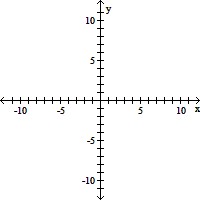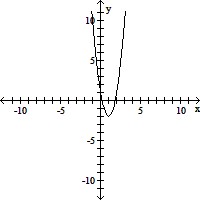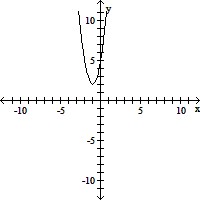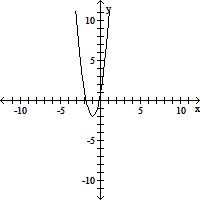Group the objects into classes so that all the elements within each class are topologically equivalent and no elements from different classes are topologically equivalent.A. a glassB. a bowling ballC. a sheet of typing paperD. a rulerE. a sphere
A. A, B, C, D and E
B. A, B, C, and E; D
C. A, B, C, and D; E
D. A; B, C, D and E
E. A, C and E; B; D
Answer: A
You might also like to view...
Find the specified domain.For f(x) =  and g(x) = 2 - x, what is the domain of f ? g?
and g(x) = 2 - x, what is the domain of f ? g?
A. (-?, 2) ? (2, ?) B. (-?, 0) ? (0, ?) C. (-?, 0) ? (0, 2) ? (2, ?) D. (-?, ?)
Graph the function by starting with the graph of the basic function and then using the techniques of shifting, compressing, stretching, and/or reflecting.f(x) = 3(x + 1)2 + 2 
A. 
B. 
C. 
D. 
Find: dxIntegrate the terms in the order they appear.Enter your answer as a sum of power functions in standard form with any fractional powers or coefficients reduced of form
dxIntegrate the terms in the order they appear.Enter your answer as a sum of power functions in standard form with any fractional powers or coefficients reduced of form  .
.
What will be an ideal response?
Find the mean.Find the mean of the following set of numbers: 4 , 2, 4
, 2, 4 , 2
, 2 , 2
, 2 Write the answer as a mixed number.
Write the answer as a mixed number.
A. 3
B. 3
C. 3
D. 4